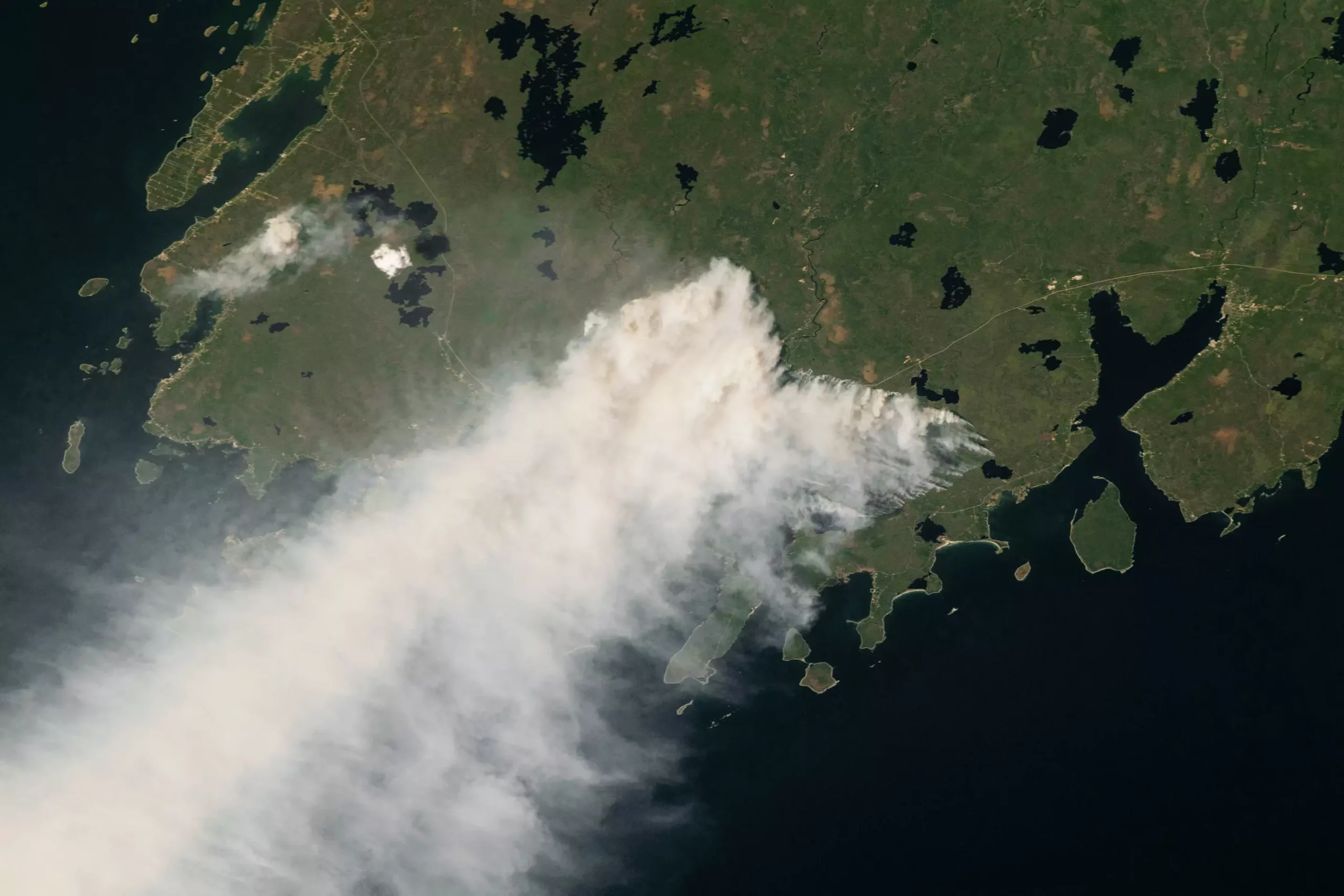The extreme forest fires in Canada in 2023 were fueled by the country’s warmest and driest conditions in decades. According to NASA scientists, these fires released approximately 640 million metric tons of carbon into the atmosphere. This amount is comparable to the annual fossil fuel emissions of a large industrialized nation. The fires burned an area roughly the size of North Dakota from May to September 2023. The carbon emissions from these fires exceeded those from fossil fuel combustion in countries like Russia and Japan.
Both wildfires and fossil fuel combustion release carbon dioxide (CO2) into the atmosphere, causing immediate warming. However, there is a significant difference in how these emissions affect the environment. While the carbon emitted from forest fires can be reabsorbed by Earth’s ecosystems as the forests regrow, CO2 from burning fossil fuels is not offset by natural processes. The devastating consequences of the 2023 Canadian forest fires highlight the need for sustainable fire management strategies and efforts to reduce fossil fuel consumption.
The intensity of the 2023 fire season in Canada was attributed to tinderbox conditions across the country’s forests. Climate data revealed record-breaking temperatures and drought, with temperatures in the northwest part of the country exceeding average levels by more than 4.5 degrees Fahrenheit. The lack of precipitation further exacerbated the fire risk, leading to widespread and severe wildfires. Factors such as extended drought, invasive species, and encroachment of residential areas into forested regions have contributed to the increase in wildfire frequency and severity in recent decades.
Scientists warn that if events like the 2023 Canadian forest fires become more common, they could have a significant impact on global climate. Canada’s vast forests act as crucial carbon sinks, absorbing more CO2 than they release. However, the increasing frequency and intensity of wildfires could offset this carbon uptake, reducing the forests’ capacity to mitigate climate change. Climate models project that the conditions experienced in 2023 could become the new normal by the 2050s, leading to more frequent and severe wildfires in the future.
The 2023 forest fires in Canada serve as a stark reminder of the devastating consequences of climate change and unsustainable land management practices. The release of massive amounts of carbon into the atmosphere from these wildfires highlights the urgent need for global action to address climate change and protect our planet’s ecosystems. Efforts to mitigate the impact of wildfires, reduce fossil fuel emissions, and promote forest conservation are essential in safeguarding the health of our planet for future generations.


Leave a Reply